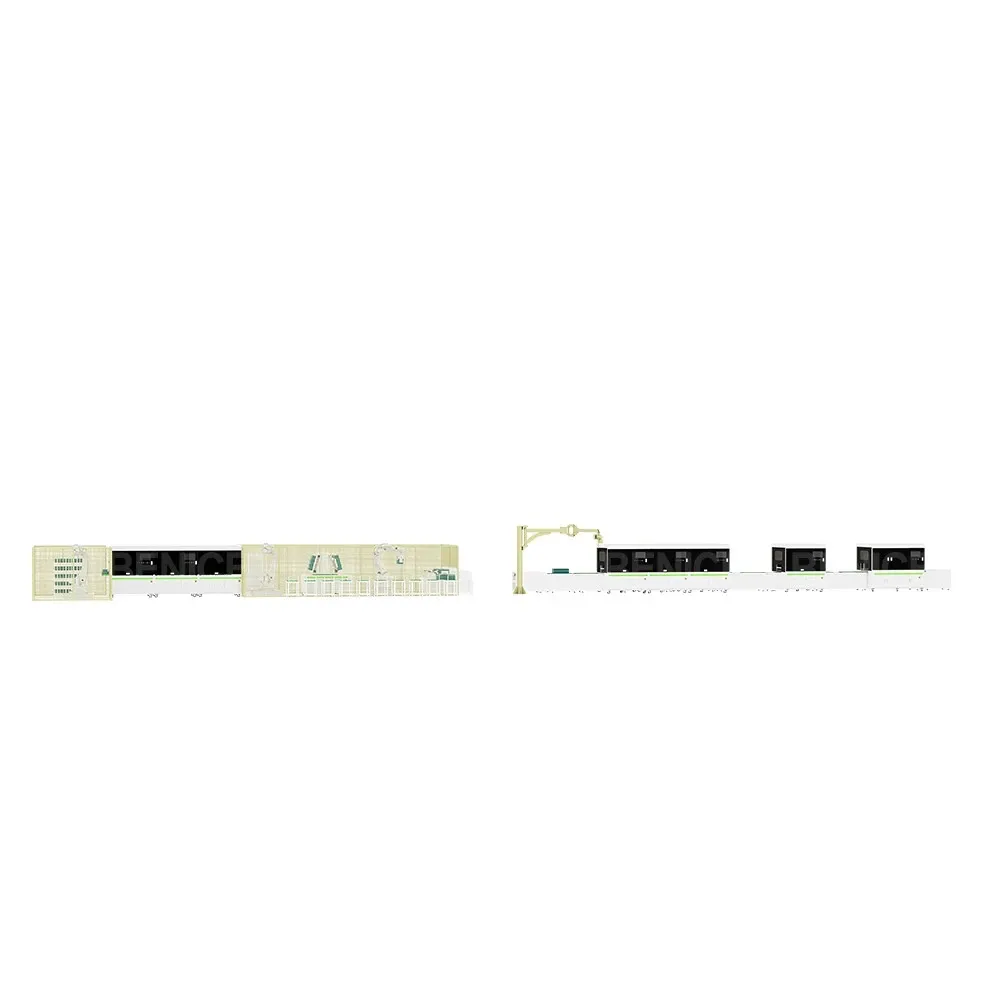Lithium Battery Welding Machine | High-Precision, Fast, Safe
A Field Guide to the Modern Lithium Battery Welding Machine
Over the last two years, I’ve spent a frankly unhealthy amount of time on factory floors watching prismatic lines hum along. The star of the show, to be honest, is the welding cell—where busbars meet tabs and quality either happens or it doesn’t. XT ShuoDing’s Prismatic Aluminum Shell Battery Automated Production Line folds that welding core into a tightly orchestrated backend flow: OCV sorting, plasma cleaning, AI polarity checks, laser pole cleaning, busbar laser welding, weld-scar AI, and high-voltage insulation tests—then final pack validation. It’s the practical shape a Lithium Battery Welding Machine takes when you scale to automotive-grade throughput.

Why it matters now
EV and ESS integrators are pushing for higher current, tighter resistance windows, and repeatability. In fact, many customers say the winner isn’t just the laser—it’s the upstream cleaning and downstream inspection. That’s where this integrated Lithium Battery Welding Machine approach shines.
Process flow (real-world)
- Robotic handling → OCV sorting → Group scanning
- Plasma cleaning → Automatic gluing → Robotic stacking
- AI polarity inspection & pole addressing → Laser pole cleaning
- Busbar laser welding (fiber laser, seam/spot) → AI weld-scar detection
- Insulation voltage resistance testing (≈2.5–3.5 kV) → Full pack performance test
Product specs (typical)
| Parameter | Typical Value (≈) | Notes |
|---|---|---|
| Welding method | Fiber laser seam/spot, 1070±10 nm | Cu/Al busbars, Ni-plated allowed |
| Laser power | 1.5–3 kW CW; pulse for cleaning | Real-world use may vary by stack-up |
| Positioning accuracy | ±0.05 mm | Machine vision assisted |
| Cycle time | 3.5–6.0 s per weld pair | Depends on busbar thickness |
| AI inspection | Recall 99.5%, precision 99.2% | On curated defects set |
| Electrical tests | OCV, IR, HV 2.5–3.5 kV | Meets UN 38.3/IEC routines |
| Service life | 7–10 years, MTTF >20,000 h | With scheduled maintenance |
Materials and methods
Common stack-ups: Al shell tabs ↔ Cu or Al busbars (Ni-plated variants). Methods: seam welding for low-resistance paths, spot welding for thermal control, laser pole cleaning to remove oxide before joining. Typical joint resistance post-weld: 5–20 µΩ; tensile/pull strength: 1.5–3.0 kN on Cu–Cu coupons (lab data).
Where it’s used
- EV battery modules and packs
- Stationary energy storage (C&I, utility)
- High-current UPS and telecom banks
Vendor comparison (quick take)
| Vendor | Laser & AI | Throughput | Certs | Support |
|---|---|---|---|---|
| XT ShuoDing (Xingtai, Hebei) | Fiber laser + AI weld-scar | Automotive-grade | ISO 9001, CE (project-based) | On-site + remote, quick spares |
| Global Vendor X | Fiber laser; basic vision | High | UL readiness; CE | Global FSE network |
| Budget Import Y | YAG/entry fiber; no AI | Medium | CE self-declared | Email-only, parts delays |
Customization options
- Busbar thickness range, custom clamps/fixtures
- AI models tuned to your defect library
- Traceability: code scanning, MES, full genealogy
- Safety tiers for UL 2580/IEC 62133 compliance
Case notes (from the floor)
- EV module plant: weld rework fell from 1.8% to 0.3% after plasma+laser pole cleaning; average joint resistance dropped ≈22%.
- ESS integrator: added AI weld-scar detection—caught micro-porosity clusters missed by human QC, recall >99% on validation set.
Customers tell me the biggest surprise is uptime—OEE nudging 98% once fixturing is dialed in. Also, the factory address, for the curious: Room 1410, No. 119 Zhongxing East Street, Xiangdu District, Xingtai City, Hebei Province, China. Not far from decent noodles, by the way.
Standards, tests, and compliance
Welding quality is typically benchmarked to ISO 13919-1 for laser weld imperfections; battery safety and pack validation align to IEC 62133-2, UL 2580 (for EV packs), and UN 38.3 transport tests. Insulation resistance and hipot routines are baked into the line. A proper Lithium Battery Welding Machine should export full traceability to your MES for audits.
Final thought
If you’re chasing low µΩ joints at scale, the welding cell is the heart—but the arteries are cleaning, fixturing, and AI inspection. This line treats them as one system, which, I guess, is why it feels production-ready out of the crate.
- IEC 62133-2:2017 – Safety requirements for portable sealed secondary lithium cells and batteries
- UL 2580 – Batteries for Use In Electric Vehicles
- UN Manual of Tests and Criteria, Part III, Subsection 38.3 (UN 38.3)
- ISO 13919-1 – Welding — Electron and laser beam welds — Quality levels
- AWS C7.2/C7.2M – Recommended Practices for Laser Beam Welding, Cutting, and Drilling
Share
-
Aluminium Guide Roller | Anodized, Lightweight, Low-NoiseNewsNov.17,2025
-
Tofu Cat Litter Bulk – Eco, Low-Dust, Fast Clumping SupplyNewsNov.17,2025
-
Equipment for Lithium Cell Assembly | Automated & PreciseNewsNov.10,2025
-
Square File Tool – Precision Cut, Hardened Steel, VersatileNewsNov.10,2025
-
Lithium Ion Battery Assembly Machine | Automated, High-SpeedNewsNov.10,2025
-
Equipment for Lithium Cell Assembly | Automated, High YieldNewsNov.10,2025







